In today’s competitive business landscape, establishing a strong and recognizable brand identity is crucial for success. A well-designed logo plays a pivotal role in creating a lasting impression and conveying the essence of a brand. From global giants to local businesses, companies across the spectrum recognize the power that a thoughtfully crafted logo holds in shaping their image and attracting their target audience.
A memorable brand identity is a powerful tool that engraves a brand’s essence into the minds of consumers. It transcends beyond a mere logo, encompassing a carefully crafted fusion of visual elements, values, and emotions. This identity serves as a unique fingerprint that distinguishes the brand from its competitors, fostering instant recognition and trust.
Think of iconic logos like Apple’s bitten apple or Nike’s swoosh – these symbols have become synonymous with innovation and athleticism. A well-constructed brand identity resonates with the audience on an emotional level, creating a lasting connection that transcends products or services. It encapsulates the brand’s narrative, values, and promise, ensuring that it stands tall in the sea of choices consumers face. Ultimately, a memorable brand identity is the vessel through which a brand’s story is told, leaving an indelible mark on the hearts and minds of those it reaches.
This article delves into the significance of a well-designed logo and offers insights into how businesses can create a memorable brand identity through effective logo design.
You may be interested in the following related articles as well.
- 26 Best Brand Guidelines Templates Design
- 50 Best Logos Of 2022
- 10 Significant Tips To Make Your Logo Look Aesthetic
- 15+ Professional Brand Stationery Templates
The Significance of a Well-Designed Logo
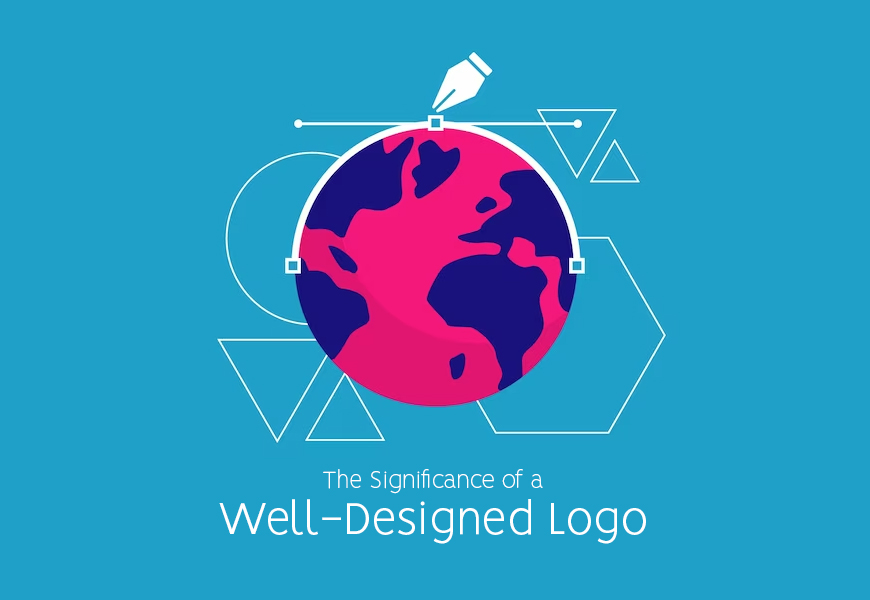
1. First Impression Matters:
A logo is often the first point of contact between a brand and its potential customers. Within seconds, it can convey the essence of the brand’s values, personality, and industry. A well-designed logo has the power to make a positive and lasting first impression, creating a foundation for building a strong brand identity.
2. Instant Recognition:
Think about some of the most iconic logos – the golden arches of McDonald’s, the swoosh of Nike, or the apple with a bite taken out of it for Apple. These logos are so simple yet powerful that they are instantly recognizable across the globe. A well-designed logo enables consumers to associate it with the brand identity without any effort, fostering brand loyalty and trust.
3. Conveys Brand Identity:
A logo is not just a random visual; it’s a visual representation of a brand’s values, mission, and personality. Colors, fonts, shapes, and imagery in a logo communicate a brand’s essence. For example, vibrant colors might indicate youthful energy, while muted tones can convey sophistication. A well-designed logo aligns with the brand identity and connects with the target audience on an emotional level.
Brand Identity Examples For Inspiration:
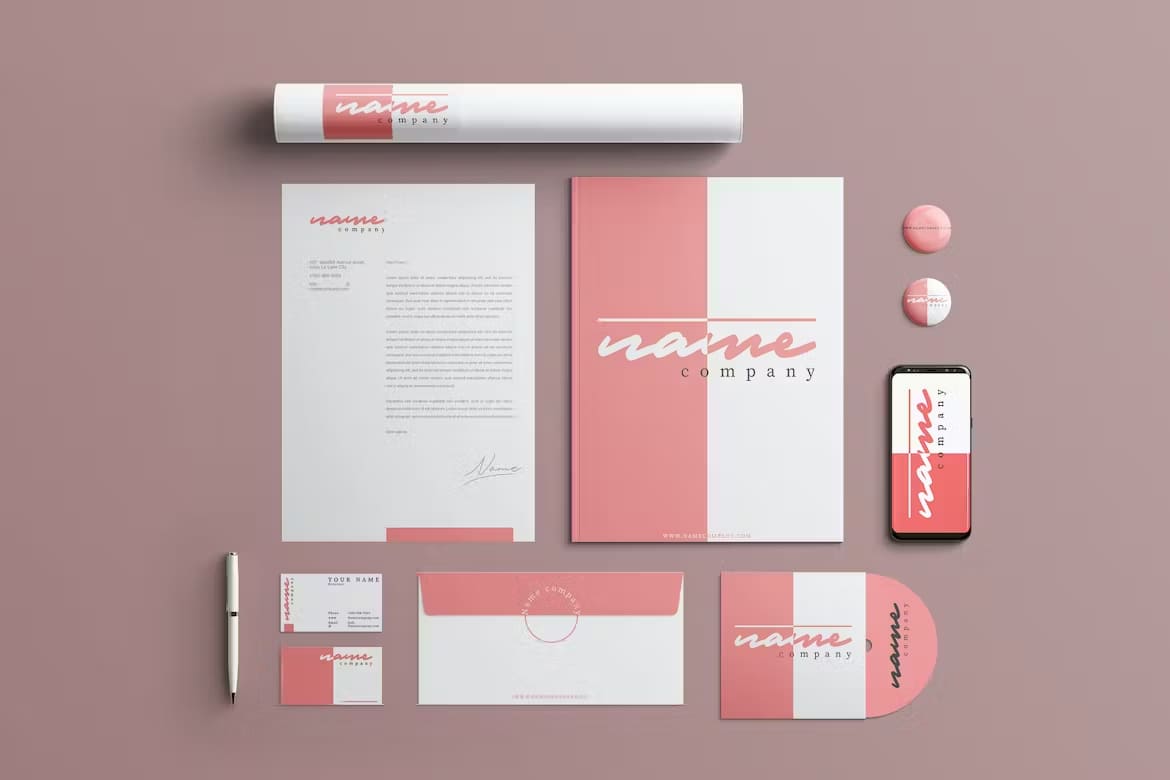
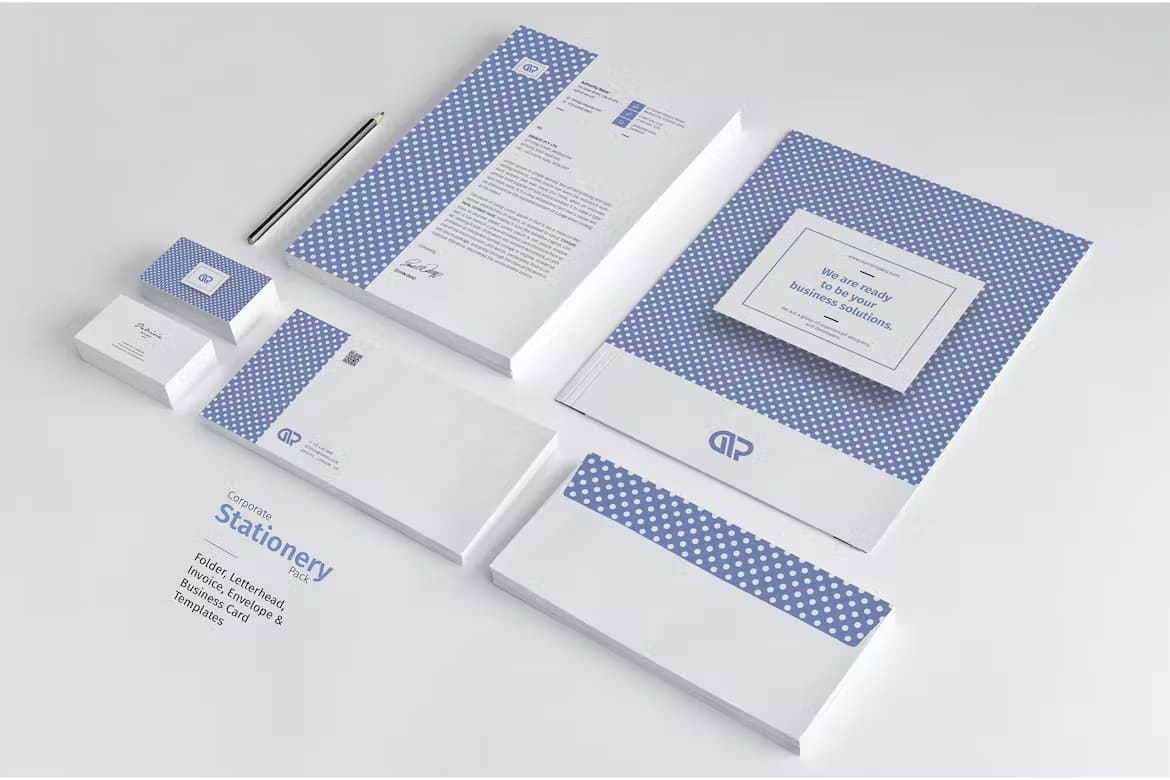

4. Differentiates from Competitors:
In a crowded marketplace, differentiation is crucial. A unique and well-designed logo helps a brand identity stand out from its competitors. It sets the brand apart and provides a distinct visual identity that consumers can associate with the products or services offered.
5. Memorability and Recall:
The human brain processes images faster than text, and visual information tends to be more memorable. A well-designed logo has the potential to leave a lasting imprint in the minds of consumers. This makes it easier for them to recall the brand when making purchasing decisions.
Elements of an Effective Logo Design
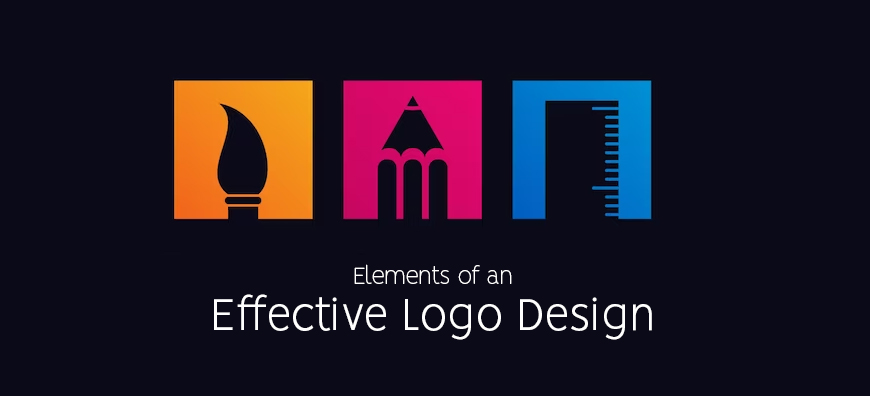
1. Simplicity:
Simplicity is the cornerstone of an effective logo design. A complex logo can be overwhelming and difficult to remember. The beauty of simplicity lies in its ability to convey a clear message with minimal elements. Think of logos like FedEx, where a hidden arrow within the lettering adds depth and meaning without compromising simplicity.
2. Relevance:
A well-designed logo should be relevant to the brand’s industry, values, and offerings. For example, a tech company might opt for a modern and sleek design, while a nature-oriented business could incorporate organic shapes and earthy tones. The logo should resonate with the intended audience and immediately convey what the brand is all about.
3. Scalability:
A logo will appear across various platforms and sizes – from billboards to business cards to digital screens. It’s essential that the logo design maintains its integrity and remains recognizable across all scales. Complex details might get lost in smaller sizes, so a balanced design is crucial.
Examples of Vector Logo Design:
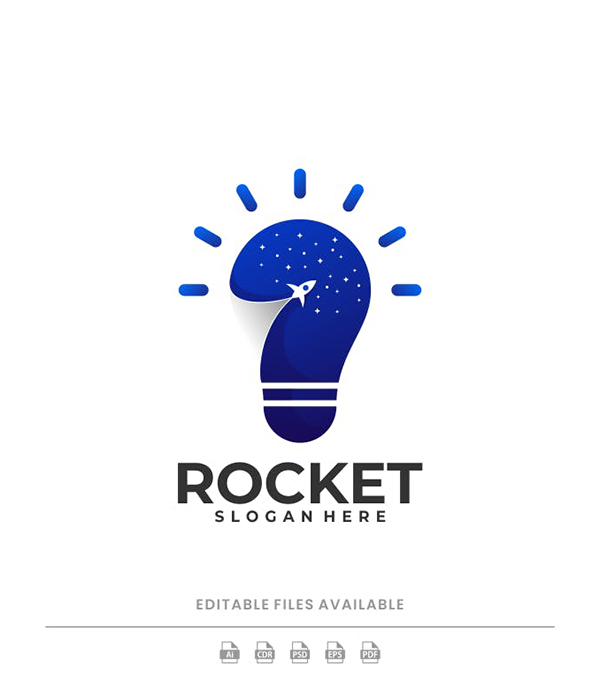


4. Memorability:
Creating a memorable logo involves a combination of distinctive elements that leave a lasting impression. This might be achieved through unique typography, a clever play on negative space, or an unexpected visual element. The goal is to create a logo that lingers in the minds of consumers.
5. Timelessness:
Trends come and go, but a logo should withstand the test of time. Avoiding overly trendy elements ensures that the logo remains relevant and effective even as design preferences change. The Nike swoosh, for instance, has remained largely unchanged since its inception.
6. Adaptability:
As brands expand their reach, they may need to adapt their logos for different cultural contexts or promotional events. An effective logo design should have the flexibility to be tweaked without losing its core identity. This adaptability helps brands maintain consistency while catering to various audiences.
Steps to Create a Memorable Brand Identity Through Logo Design
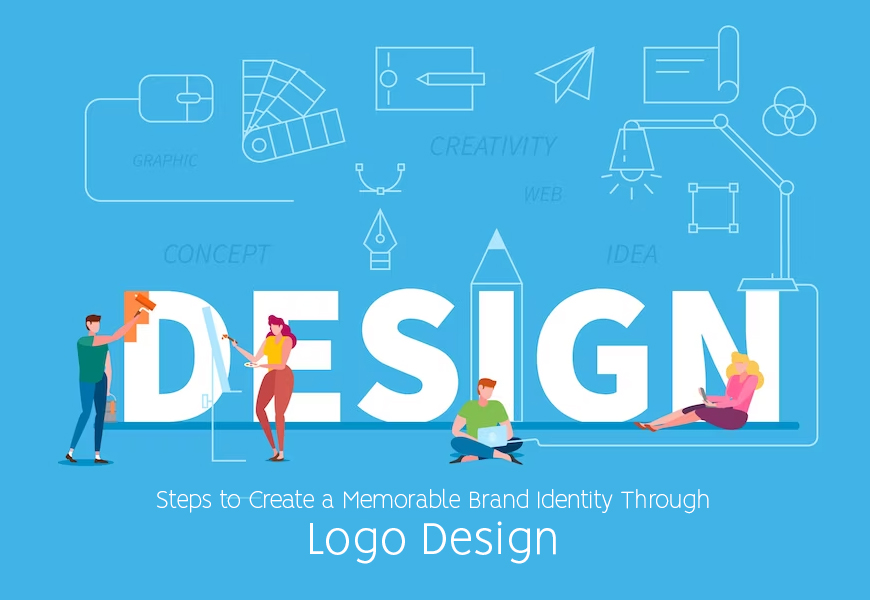
1. Understand Your Brand:
Before designing a logo, it’s crucial to have a deep understanding of your brand’s values, target audience, and industry. What message do you want your logo to convey? How do you want your brand to be perceived? Answering these questions lays the foundation for effective logo design.
2. Research and Inspiration:
Research existing logos in your industry and beyond. Identify what works and what doesn’t. This can provide valuable insights into design trends and help you brainstorm ideas for your own logo. However, ensure that your logo remains unique and distinct from your competitors’.
3. Conceptualize and Sketch:
Start the design process by sketching out various concepts. Don’t be afraid to explore different directions. Sketching allows you to quickly visualize ideas without getting bogged down by intricate details. This is the stage where creativity flows freely.
4. Digital Design and Refinement:
Once you’ve narrowed down a few promising concepts, move to digital design. Use graphic design software to translate your sketches into polished digital versions. Pay attention to color, typography, and proportions. Iterate and refine until you’ve captured the essence of your brand identity.
5. Gather Feedback:
Share your logo designs with colleagues, friends, and even your target audience. Constructive feedback can provide fresh perspectives and highlight areas for improvement. However, remember that design is subjective, and not all feedback needs to be incorporated.
6. Simplicity and Versatility:
As you finalize your logo, ensure that it adheres to the principles of simplicity and versatility. Test its scalability across different platforms and sizes. A logo that loses its impact when scaled down or loses clarity when printed in black and white might not be effective in the long run.
7. Legal Considerations:
Before fully committing to a logo, conduct a thorough search to ensure that your design is not already in use by another entity. Trademark issues can be costly and damaging to your brand’s reputation.
8. Launch and Consistency:
Once your logo is finalized, integrate it across all brand identity touchpoints – from your website and social media profiles to business cards and packaging. Consistency is key to establishing a strong brand identity.
Case Studies: Memorable Logos and Their Impact
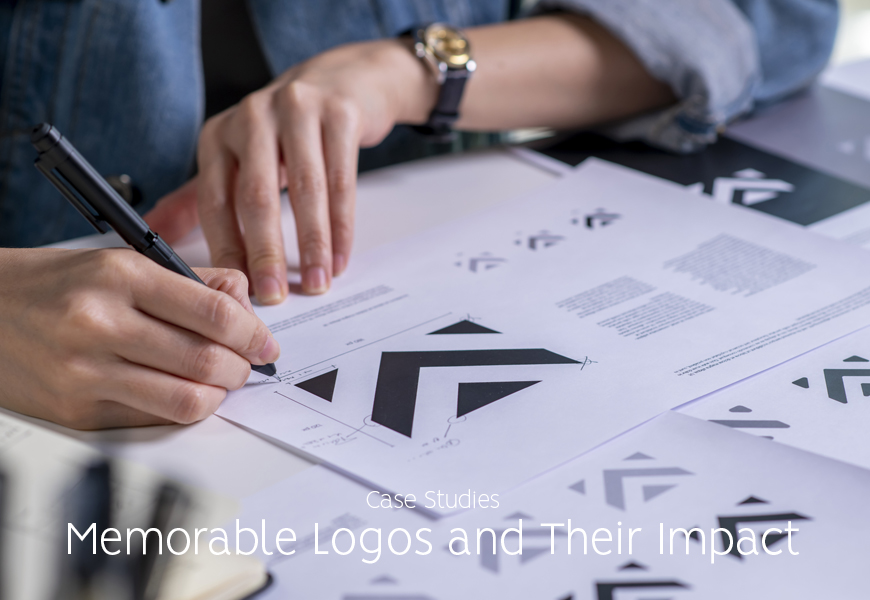
1. Apple:
The Apple logo, a simple apple with a bite taken out of it, is one of the most recognizable logos globally. It represents innovation, simplicity, and the allure of the brand’s products. Apple’s commitment to design excellence is reflected in its logo, which has evolved over time while retaining its core essence.
2. Nike:
The Nike swoosh is a prime example of a logo that transcends language and culture. It symbolizes movement, progress, and athleticism. The logo’s simplicity and fluidity have contributed to its widespread recognition and success.
3. McDonald’s:
The golden arches of McDonald’s are synonymous with fast food. The logo’s warm colors and distinct shape evoke feelings of familiarity and comfort. It showcases how a simple yet effective logo design can become a global icon.
4. FedEx:
FedEx’s logo is a masterclass in hidden symbolism. The negative space between the “E” and the “x” forms an arrow, subtly conveying the brand identity commitment to speed and accuracy in deliveries. This hidden message adds depth and intrigue to a seemingly simple design.
Conclusion
A well-designed logo is more than just a visual element; it’s a powerful tool that shapes a brand’s identity and fosters a connection with its audience. A logo’s simplicity, relevance, memorability, and adaptability are key factors in creating a lasting impression. By understanding your brand or brand identity, conducting thorough research, and following a systematic design process, you can create a logo that encapsulates your brand’s essence and stands the test of time. Just as iconic logos like Apple, Nike, McDonald’s, and FedEx have done, your logo can become a symbol of your brand’s values and aspirations, resonating with consumers and leaving an indelible mark on the world of business.

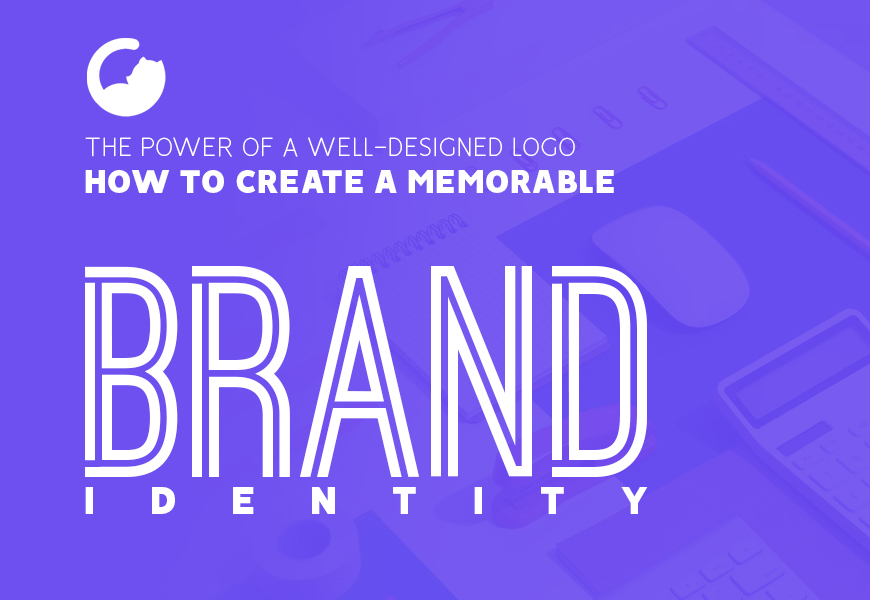



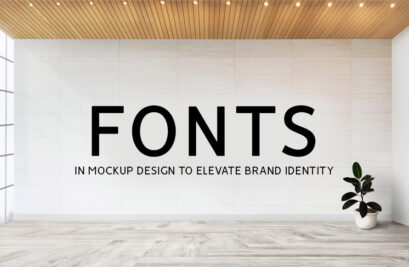

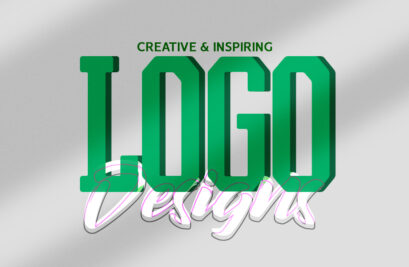
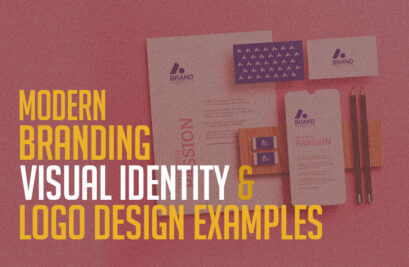












In simple words “A good logo should be easy to understand and remember.”
There are lot of things to remember when designing a logo for any brand such as logo should look good in small and large sizes, and it should be able to be used in a variety of applications.
Thanks
Clearly communicate what sets your brand apart.